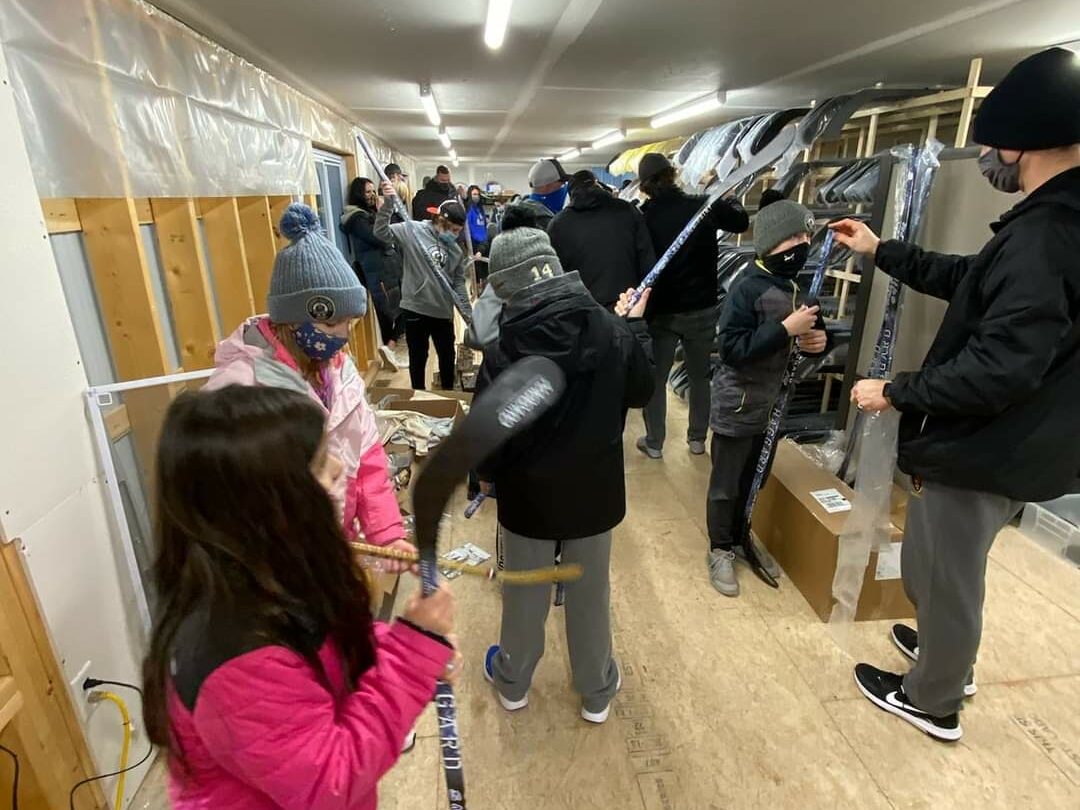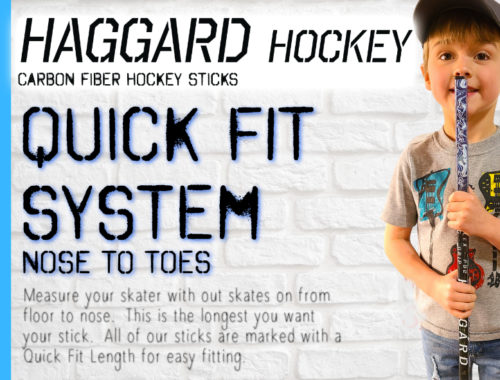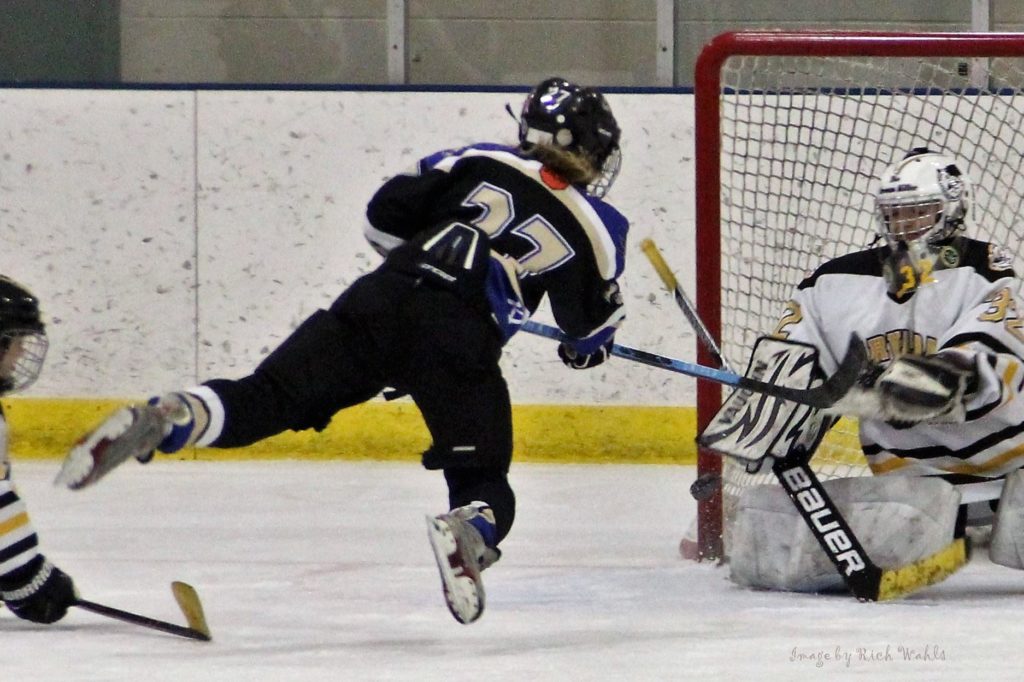
In Fargo for one of our many Hockey Tournaments or just want to see and learn more about Haggard Hockey Sticks, schedule your tour and stick fittings at our warehouse at 1102 Page Dr. South in Fargo.
The Team Tour takes about 45 minutes and will discuss the history and how our sticks are designed and manufactured. Each tour includes stick fittings for everyone on your team. Feel free to bring your current stick to compare with the lightest stick made in the Haggard Epic.



